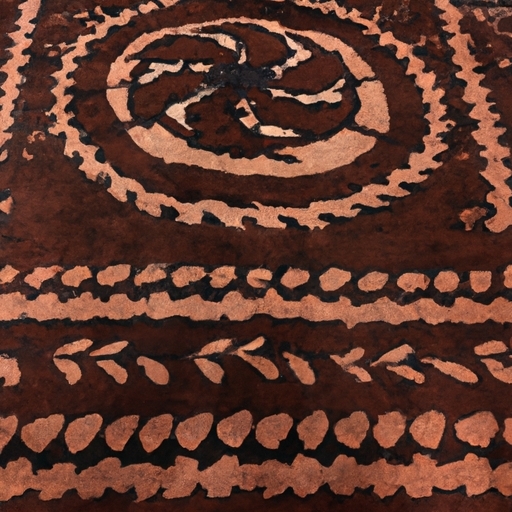
History and background of American Natives
Navajo rug weaving tools
Spinning yarn for Navajo rug weaving involves a number of tools, including the spindle and whorl. The spindle is a long, slender rod that is used to twist fibers together to create yarn. It is often made of wood or metal and can vary in size depending on the type of yarn being spun.
The whorl is a weighted disk that is attached to the bottom of the spindle. Its purpose is to help regulate the speed at which the spindle rotates, allowing for more control over the twisting process. The weight of the whorl can be adjusted by adding or removing additional disks as needed.
Using these tools requires skill and practice, as getting the right amount of twist in the yarn is essential for creating a strong and even weave. The spinner must also pay attention to factors such as tension and drafting to ensure that the finished product meets their desired specifications.
Overall, the spindle and whorl are essential components of traditional Navajo rug weaving, allowing artisans to transform raw fibers into beautiful textiles that showcase intricate designs and vibrant colors.